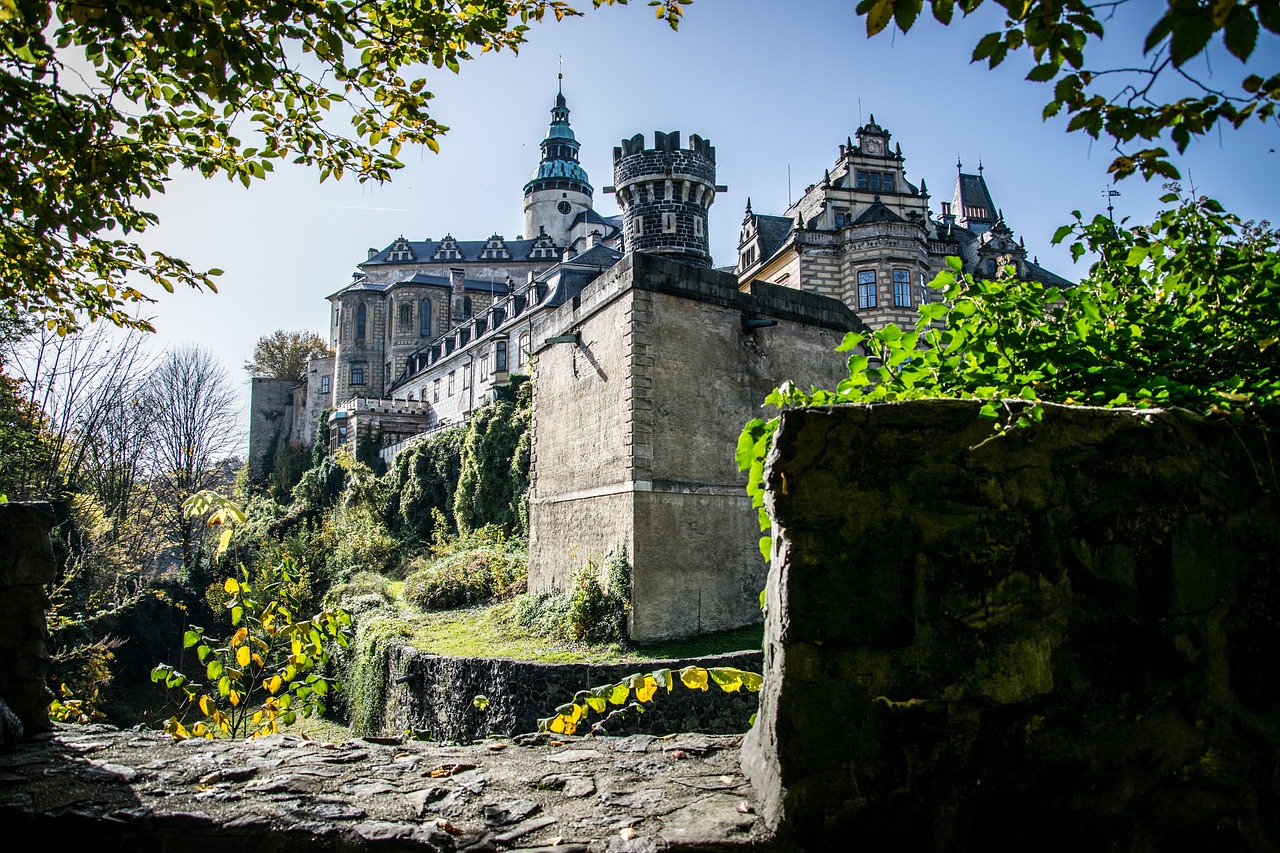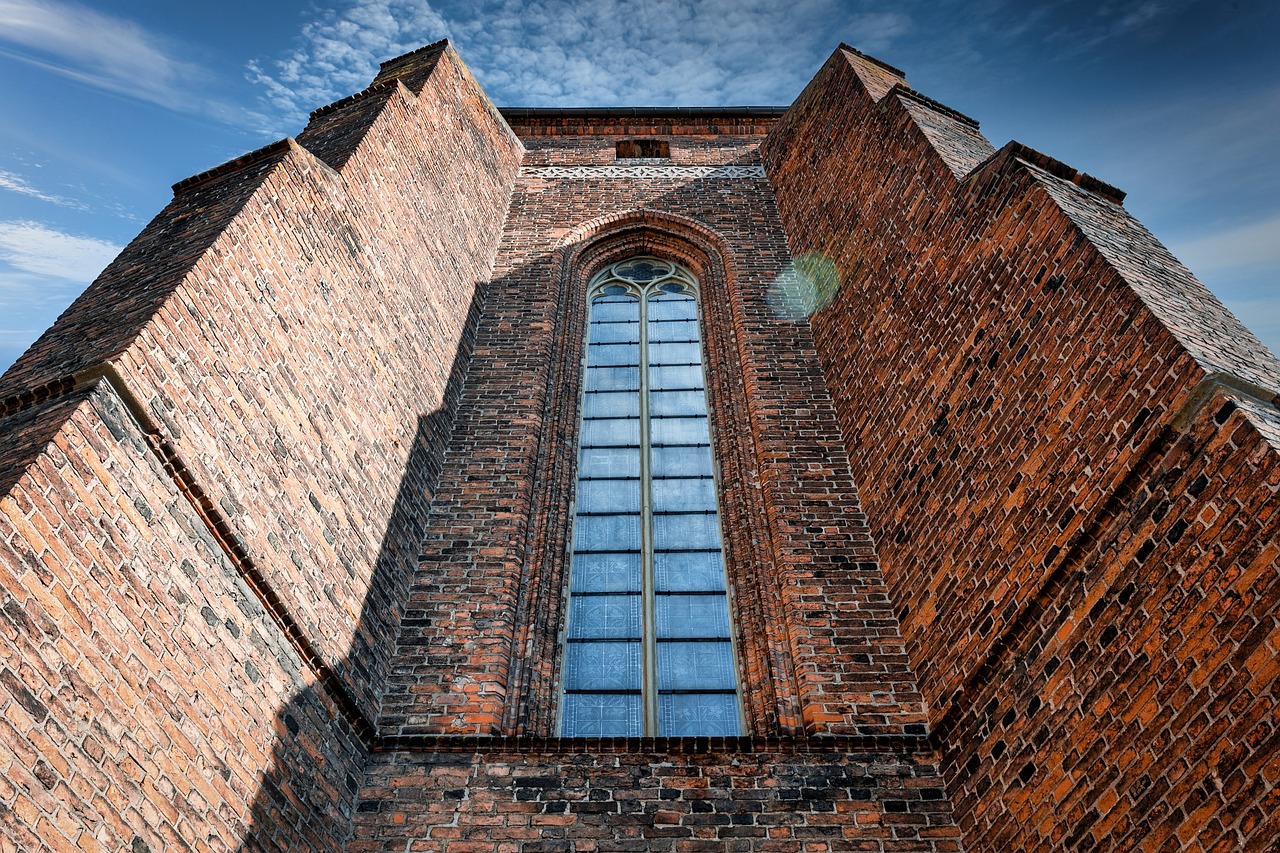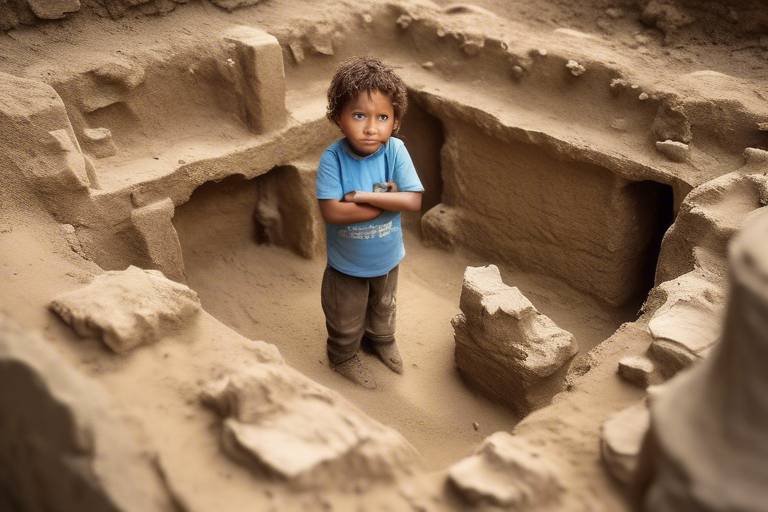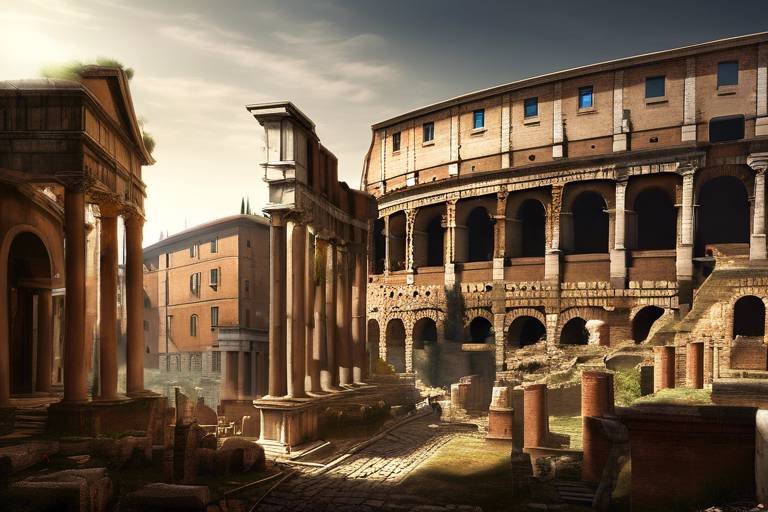The Role of Monuments in Shaping Public Memory
Monuments hold a crucial role in shaping public memory by serving as tangible reminders of historical events and figures. These structures stand as symbolic representations of societal values, beliefs, and collective narratives, influencing how communities remember the past and envision the future. Monuments have the power to evoke strong emotions, sparking reflection and dialogue among individuals who interact with them.
Symbolism lies at the core of monuments, as they encapsulate historical events, ideals, and values in their physical form. These structures embody a shared history, acting as visual storytellers that convey narratives from the past to present generations. Through their symbolism, monuments contribute to the preservation and transmission of cultural heritage, fostering a sense of continuity and connection to the past.
Controversy often surrounds monuments, stemming from their historical context and the narratives they represent. Debates arise regarding the relevance and significance of these structures, questioning their role in shaping public memory. The contentious nature of certain monuments highlights the complexities of collective remembrance and the diverse perspectives that exist within society.
Monuments are closely intertwined with power dynamics, as they are frequently erected by authorities to assert control over historical narratives and shape public memory. These structures can be used as tools to reinforce specific political, social, or cultural agendas, influencing how history is remembered and interpreted by the masses.
Collective identity is intricately linked to monuments, as they contribute to the formation of shared values, beliefs, and historical narratives within communities. By commemorating significant events and individuals, monuments foster a sense of belonging and unity among people, reinforcing a collective identity that transcends individual experiences.
Memory preservation is a fundamental function of monuments, ensuring that crucial aspects of history are not forgotten or erased from public consciousness. These structures serve as enduring reminders of past struggles, triumphs, and sacrifices, prompting reflection on the lessons learned from historical events and the legacies they leave behind.
The physical presence of monuments in public spaces invites engagement and dialogue among individuals, fostering a sense of connection and shared history. These structures serve as focal points for community gatherings, educational initiatives, and cultural activities, encouraging active participation in the preservation and interpretation of public memory.
The condition and preservation of monuments play a vital role in shaping collective memory, as neglect or deterioration can impact the narratives they convey. Society's attitudes towards heritage conservation and historical preservation are reflected in the maintenance of monuments, highlighting the importance of safeguarding these structures for future generations.
Over time, monuments undergo reinterpretation and recontextualization as societal perspectives and values evolve. Changing historical understandings and cultural shifts influence how these structures are perceived and remembered, prompting ongoing discussions about their significance and meaning in shaping public memory.

Symbolism and Representation
Monuments play a significant role in preserving historical events and shaping collective memory. They serve as physical symbols that reflect societal values, commemorate important figures, and evoke emotions that contribute to the construction of public memory.
Monuments hold a powerful symbolism that goes beyond their physical presence. They symbolize historical events, ideals, and values, representing a collective narrative that influences how societies remember the past and envision the future. Just like a painting captures a moment in time, monuments freeze history into tangible forms, allowing us to touch and feel the past.

Controversy and Debate
Monuments have long been sources of controversy and debate, stirring up discussions about their historical significance and societal impact. These structures, erected to commemorate events or individuals, often become focal points for conflicting interpretations and opposing viewpoints. The controversy surrounding monuments stems from their connection to contentious historical narratives and the values they represent.
One of the key issues that fuel debate is the context in which monuments were erected. Some argue that certain monuments glorify individuals or events that are now viewed negatively, perpetuating harmful ideologies or whitewashing history. On the other hand, proponents of preserving monuments often cite the need to remember and learn from the past, regardless of its complexities.
The debate over monuments also extends to questions of public space and representation. Critics argue that some monuments dominate public spaces, reinforcing power dynamics and marginalizing alternative perspectives. Calls for the removal or recontextualization of monuments highlight the ongoing struggle to redefine collective memory and address historical injustices.
Moreover, controversies surrounding monuments raise fundamental questions about the role of history in shaping contemporary identities and values. By engaging in debates about monuments, societies confront difficult truths about their past and grapple with the complexities of memory, heritage, and reconciliation.

Power and Authority
Monuments play a significant role in preserving historical events and shaping collective memory. They serve as physical symbols that reflect societal values, commemorate important figures, and evoke emotions that contribute to the construction of public memory.
Monuments hold a powerful significance in asserting authority and control over narratives by those in power. They are often erected to shape public memory in ways that align with specific political, social, or cultural agendas. These structures stand as tangible representations of authority, influencing how societies remember the past and perceive their present reality.

Collective Identity
When it comes to monuments, one of their most profound impacts lies in their contribution to the formation of . These structures serve as more than just physical representations; they are embodiments of shared values, beliefs, and historical narratives that bind communities together. Just like a family photo album that tells the story of generations past, monuments narrate the tale of a society, shaping its sense of belonging and unity.

Memory and Oblivion
Monuments hold the power to bridge the gap between history and the present, acting as tangible reminders of significant events, individuals, and struggles that have shaped societies. They stand as guardians of memory, resisting the forces of oblivion that seek to erase the past from collective consciousness. Through their enduring presence, monuments ensure that crucial aspects of history remain alive in the minds of people, serving as touchstones for reflection and remembrance.
Imagine a world without monuments, where historical events fade into obscurity, and the sacrifices of past generations are forgotten in the sands of time. Monuments stand as silent witnesses to history, whispering tales of triumphs, tragedies, and transformations to all who pass by. They are the custodians of memory, preserving the legacy of the past for the enlightenment of present and future generations.
As we gaze upon a monument, we are transported through time, connecting with the stories engraved in stone or cast in bronze. Each monument is a chapter in the collective narrative of humanity, a testament to the enduring spirit of remembrance that defies the ravages of forgetfulness. In a world constantly in flux, monuments serve as anchors of memory, grounding us in the rich tapestry of our shared past.
Monuments not only commemorate the heroes and heroines of history but also memorialize the struggles and injustices that have shaped societies. They confront us with uncomfortable truths, challenging us to confront the darker chapters of our past and learn from them. In a world where memory is often selective and fleeting, monuments stand as steadfast guardians of remembrance, ensuring that the lessons of history are not lost to oblivion.

Public Space and Engagement
Public spaces serve as the canvas upon which monuments paint their stories, inviting individuals to engage with history, memory, and identity. When we walk through a city square adorned with statues and memorials, we are not merely passing by lifeless structures but stepping into a dialogue with the past. These monuments beckon us to reflect on the narratives they embody, prompting us to question, discuss, and connect with the collective memory they represent.
Imagine standing before a towering monument, feeling the weight of history pressing down on you, urging you to contemplate the struggles, triumphs, and sacrifices of those memorialized in stone. The public space transforms into a stage where the stories of the past come alive, resonating with our present realities and shaping our aspirations for the future.
Moreover, public engagement with monuments fosters a sense of community and shared heritage, as individuals gather around these symbolic landmarks to pay homage, protest, or simply ponder the significance of their existence. These spaces become arenas for dialogue and reflection, where diverse voices intersect, clash, and harmonize in a symphony of memories and meanings.
As we navigate through public spaces adorned with monuments, we are not mere spectators but active participants in the ongoing construction of public memory. Each interaction, each contemplation, adds another layer to the intricate tapestry of history and identity woven into the fabric of our collective consciousness.

Decay and Preservation
Decay and preservation play a crucial role in the longevity and significance of monuments in shaping public memory. The gradual deterioration of monuments due to environmental factors, vandalism, or neglect can lead to the loss of historical and cultural heritage. Without proper maintenance and restoration efforts, these structures risk fading into oblivion, erasing the stories they once represented.
Preservation efforts are essential to ensure that monuments retain their historical integrity and continue to evoke emotions and memories. Conservation initiatives, such as regular inspections, cleaning, and repair work, help safeguard these symbols of the past for future generations. By actively preserving monuments, societies demonstrate their commitment to honoring and remembering the events and individuals they commemorate.
Moreover, the decision to preserve or neglect a monument reflects societal attitudes towards history and heritage. Neglected monuments may symbolize forgotten narratives or marginalized communities, highlighting the importance of prioritizing preservation efforts to uphold diverse perspectives and experiences in the collective memory of society.

Reinterpretation and Recontextualization
Monuments, as symbols of history and memory, are not static entities but subject to reinterpretation and recontextualization over time. As societal values evolve and historical perspectives shift, the meaning and significance of monuments can be reexamined and reevaluated. This process allows for a deeper understanding of the complexities surrounding these structures and the narratives they represent.
Reinterpretation involves viewing monuments through a new lens, considering alternative perspectives, and questioning the traditional narratives they convey. It encourages critical reflection on the stories they tell and the ideologies they uphold, challenging viewers to engage with history in a more nuanced and multifaceted manner.
Recontextualization, on the other hand, involves placing monuments within a broader historical and cultural framework. By contextualizing these structures within the larger tapestry of history, society can better grasp their significance and the implications they hold for collective memory. This process helps situate monuments within their original context while also acknowledging the evolving interpretations that shape their contemporary meaning.
Through reinterpretation and recontextualization, monuments can transcend their initial purpose and take on new layers of significance. They become dynamic sites of dialogue and reflection, inviting individuals to engage with the complexities of history and memory in a more inclusive and critical manner.
Frequently Asked Questions
- What is the significance of monuments in shaping public memory?
Monuments play a crucial role in preserving historical events and influencing collective memory by symbolizing societal values, commemorating important figures, and evoking emotions that contribute to the construction of public memory.
- Why do some monuments spark controversy?
Controversy around monuments often arises due to their historical context, leading to debates about their relevance, significance, and the narratives they promote in shaping public memory.
- How do monuments contribute to collective identity?
Monuments help in forming collective identity by reinforcing shared values, beliefs, and historical narratives that unite communities and shape their sense of belonging.
- Why is the preservation of monuments important?
The preservation of monuments is crucial as it impacts the collective memory they represent, reflecting societal attitudes towards history and heritage through their physical condition and maintenance.



















